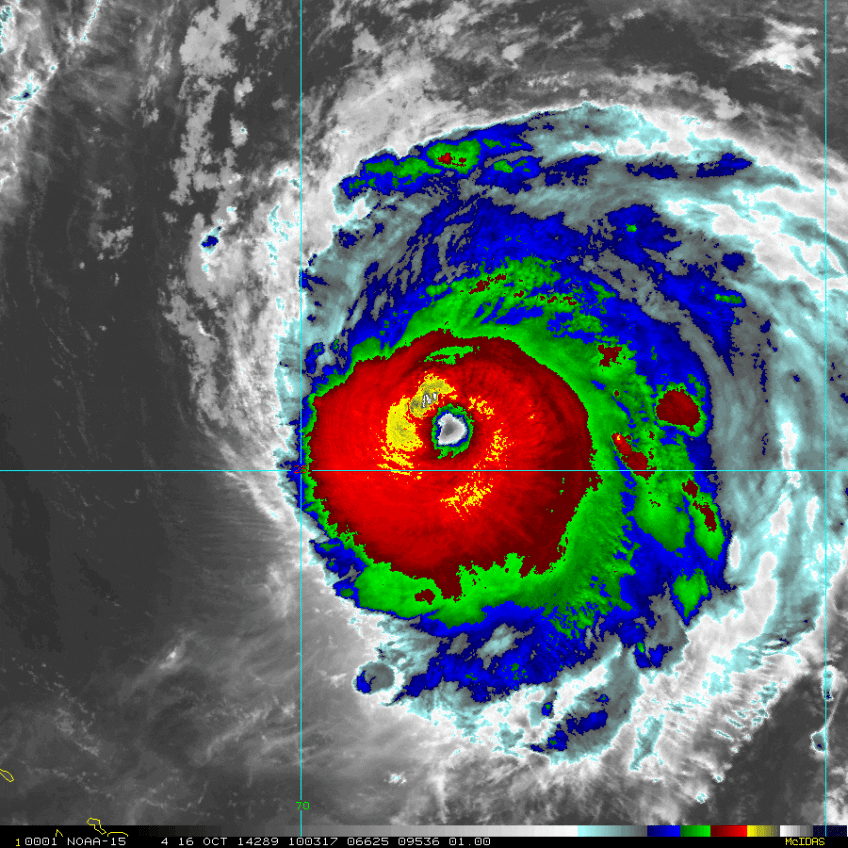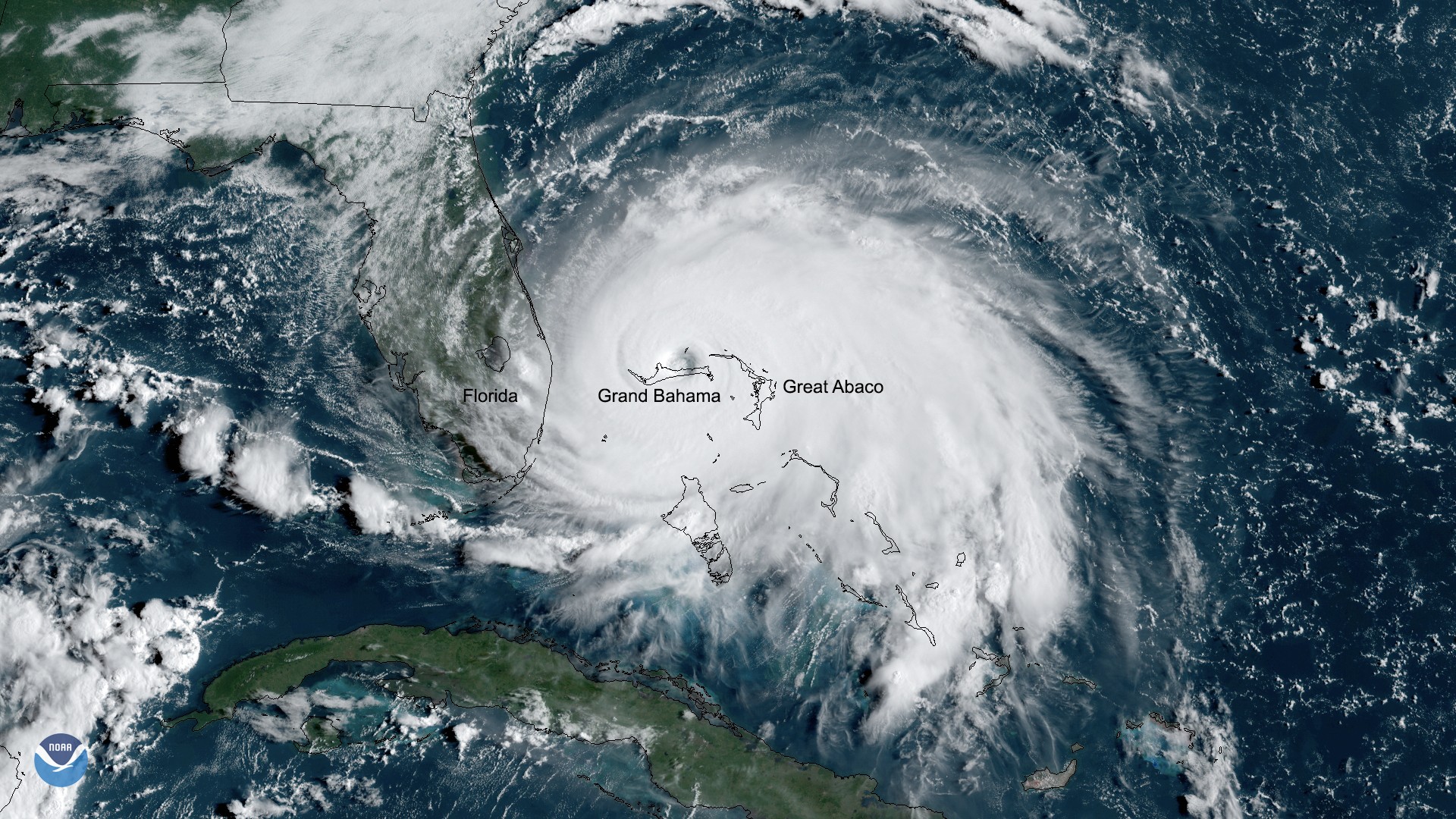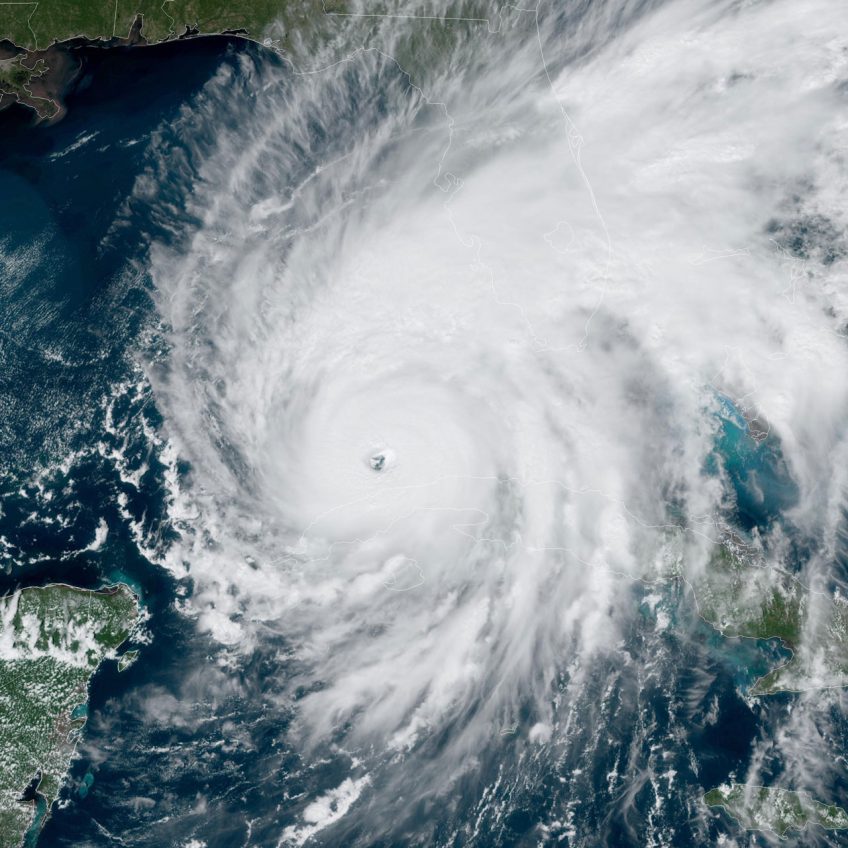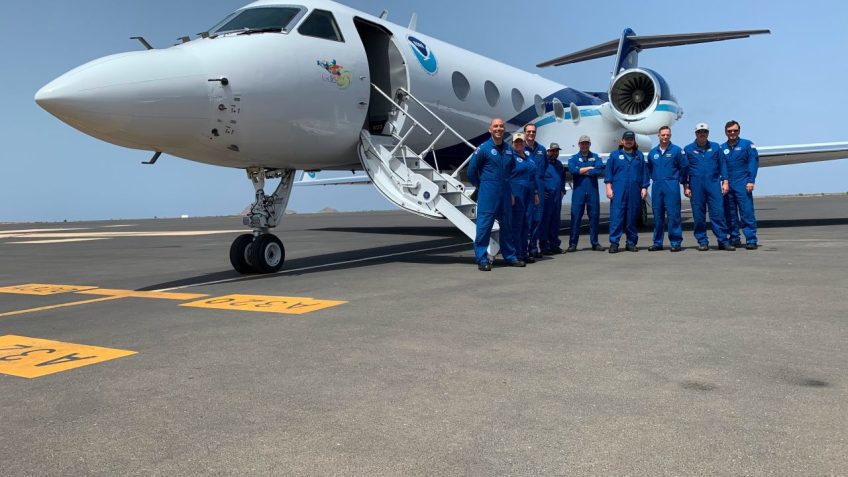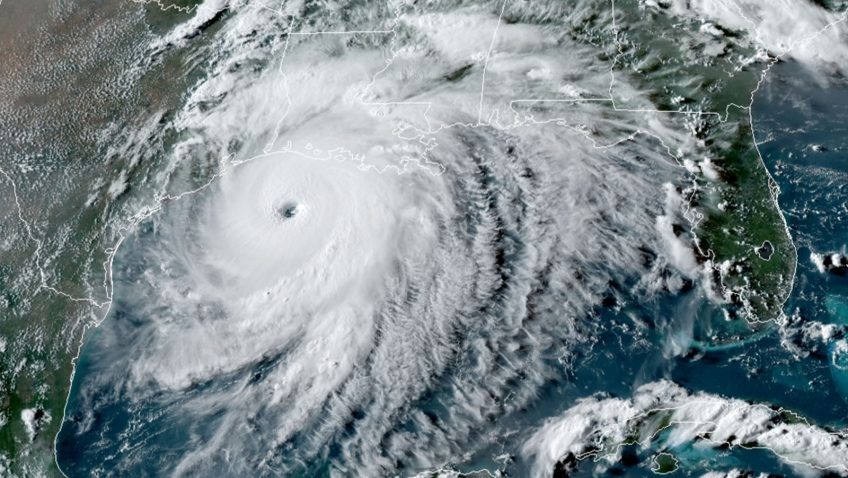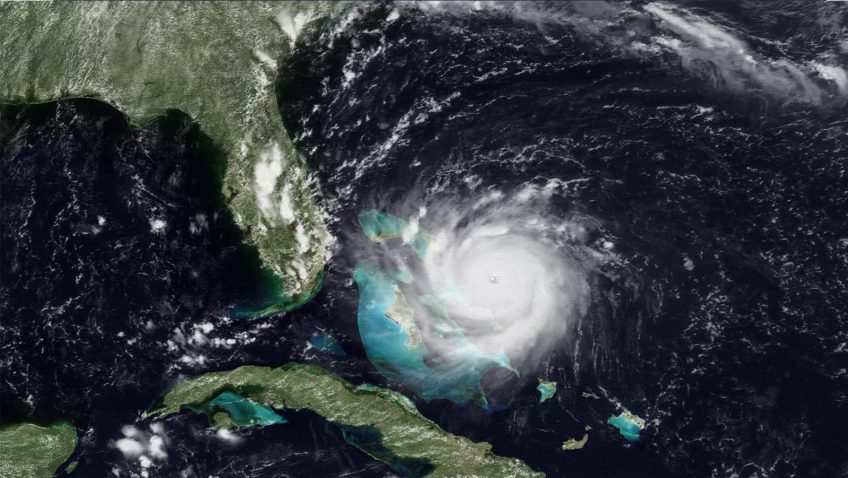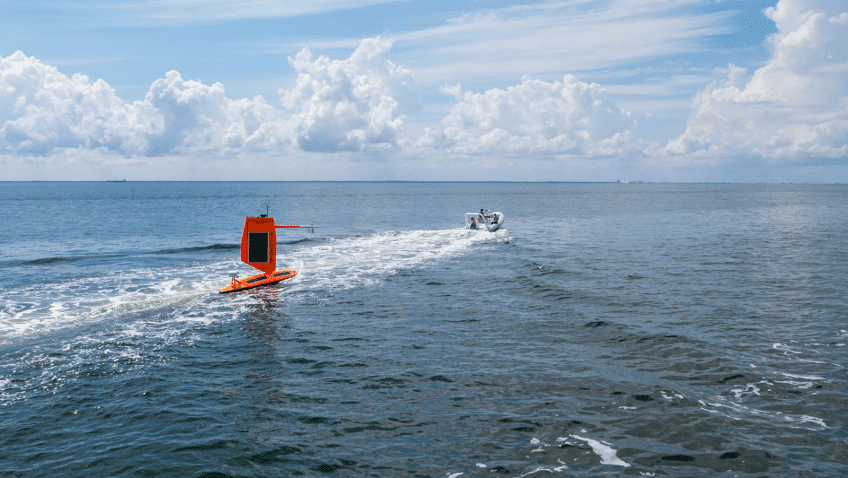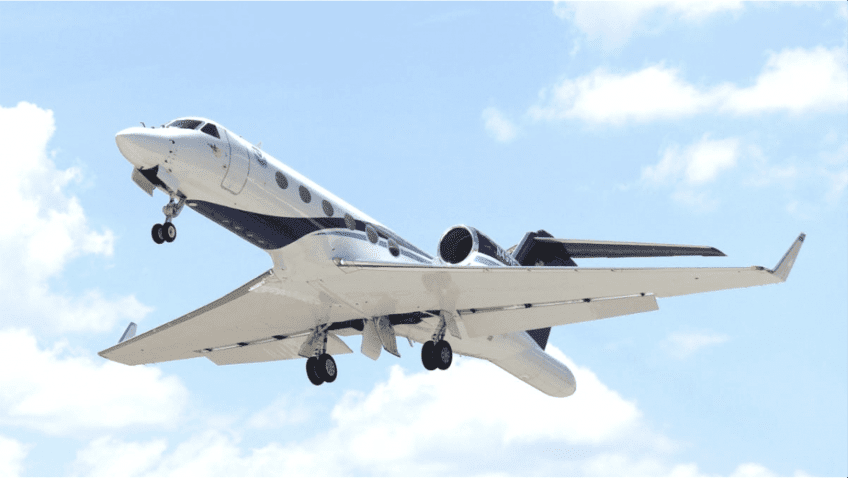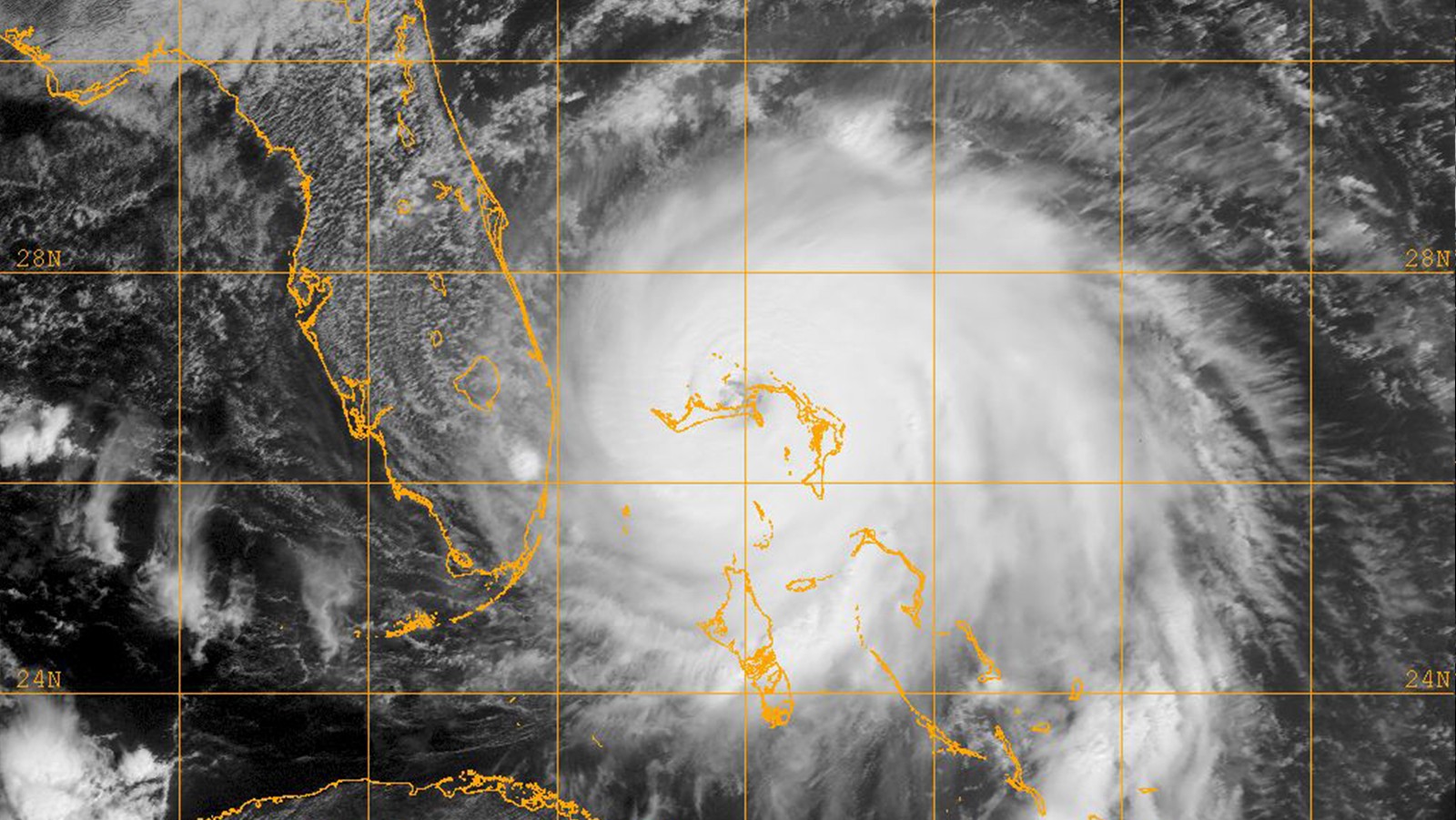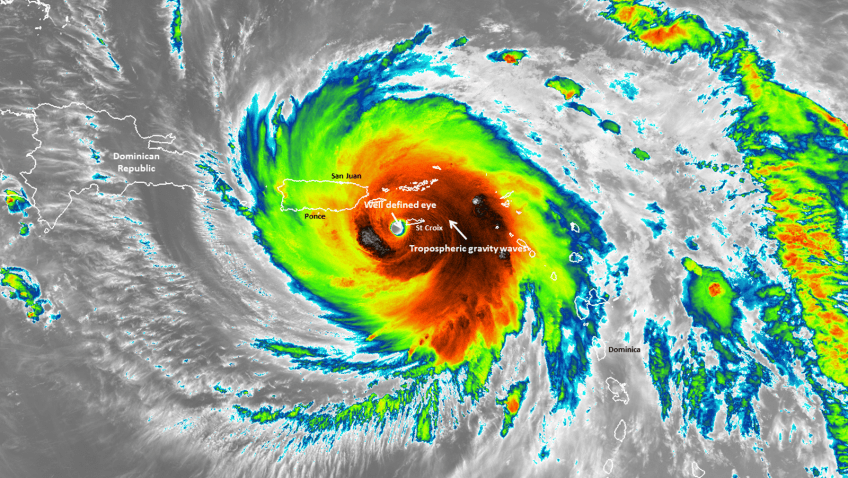Investigating vertical wind shear influences on tropical cyclone intensity change
Scientists at NOAA’s Atlantic Oceanographic & Meteorological Laboratory (AOML) and the University of Miami’s Cooperative Institute of Marine & Atmospheric Studies (CIMAS) examine the challenges of accurately predicting when a tropical cyclone will begin a quick and sudden increase in intensity (called rapid intensification or RI) in a new study published in Monthly Weather Review.
